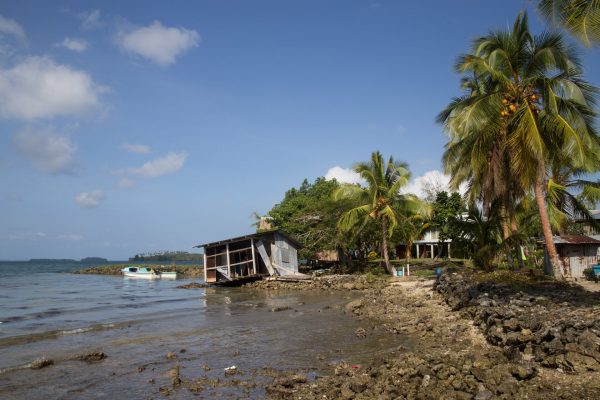Australia urgently needs a dedicated, independently administered fund to meet the escalating costs of natural disasters due to global warming.
Beneficiaries of the National Climate Disaster Fund?
Funding can be distributed amongst the most disaster impacted regions and sectors in Australia. These include:
Health
Natural disasters have devastating health impacts that impose a large cost burden on individuals and on our health system.
People affected by the 2010-2011 Queensland floods were 5.3 times more likely to report poorer health than those not affected, and 2.3 times more likely to experience post-traumatic stress disorder. The mental health impacts of these floods alone are estimated to have had a total cost of $5.9 billion (Deloitte Access Economics (2016) The economic cost of the social impact of natural disasters).
The Victorian Black Saturday Bushfires resulted in 173 deaths and 414 injuries, caused mental health impacts with a cost of over $1 billion and increased the prevalence of chronic disease with a cost of $320 million (Deloitte Access Economics (2016) The economic cost of the social impact of natural disasters).
Heatwaves are less visible than other natural disasters but have serious health implications and costs. Heatwaves have caused more deaths in Australia since the 1890s than bushfires, cyclones, earthquakes, floods and severe storms combined (Queensland Government (2019) Queensland State Heatwave Assessment 2019). As well as an increase in heat-related deaths and illness, extreme heat increases irritability and psychological stress (Queensland Health (2015) Heatwave Response Plan). Hot weather affects patterns in domestic violence (Auliciems and Di Bartolo (1995) Domestic violence in a subtropical environment: police calls and weather in Brisbane, International Journal of Biometeorology 39 (1)), interrupts sleep patterns and reduces capacity and willingness to exercise. All carry broad ramifications, such as increased accident risk, sedentary lifestyle-induced diabetes and cardio vascular disease (Kjellstrom et al. (2009) The Direct Impact of Climate Change on Regional Labor Productivity, Archives of Environmental & Occupational Health 64 (4); World Health Organisation (2017) Preventing noncommunicable diseases (NCDs) by reducing environmental risk factors).
Heatwaves are already far more frequent than other natural disasters and are forecast to increase severely under climate change. The Queensland Government projects that by 2050 heatwaves may go from a few days per year currently, to 30 days per year by 2030 in Brisbane, the Gold Coast and Noosa with single heatwaves lasting up to 2 weeks. By 2070, Mackay could be experiencing up to 70 heatwave days per year (Queensland Government, Queensland Future Climate: Heatwaves, QLD Government (2018) Future Climate Dashboard).
The Australian Medical Association (AMA) now recognises climate change as a health emergency causing deaths and injury from heatwaves, infectious and vector born disease, extreme weather events, food insecurity and impacts on mental health (AMA (2019), Media Release: Climate change is a health emergency).
Australian governments already struggle to provide adequate health funding. Escalating health costs from climate change and natural disasters will mean that scarce health resources are spread even more thinly unless new sources of funding are found.
The Climate Disaster Fund could provide a source of funding additional to traditional government health funding for medical resources required to meet the increasing costs of the health impacts of natural disasters.










